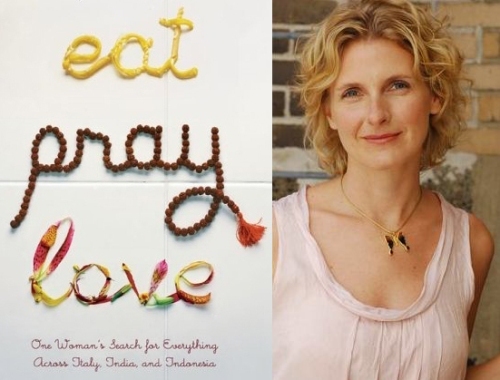Elizabeth Gilbert on the Daemons Within
/Those of us who study innovation tend to believe that individual creativity is a skill; certain people may have greater initial aptitudes, but anyone might be able to learn and hone their creative process. Not only does this viewpoint give scholars like me a fair amount of job security, but it also offers a fundamentally optimistic take on the ownership and agency that individuals have in their creative lives. In a 2009 TED Talk, author Elizabeth Gilbert explores an unanticipated dark side effect of this perspective. If artists are fundamentally in control of their creative lives, how are they to deal with the "utter maddening capriciousness" of the creative process? And is it a coincidence that have creativity and anguish become so indelibly linked in our minds?
She's speaking after the knockout success of her own "Eat, Pray, Love", and speaks candidly about her personal fears that her best work is now behind her. She also discusses the strategies she uses to overcome these fears, drawing in particular on the ancient Greek and Roman ideas that creative brilliance was due to divine spirits (Daemons, in the Greek) that attended to and inspired artists' work. Without giving away everything I'll share the key lines:
"So the dancer [who had inspired such beauty the night before] wakes up and discovers that it's Tuesday at 11am and he's no longer a glimpse of god; he's just an aging mortal with really bad knees, and maybe he's never going to ascend that high again…what is he then to do with the rest of his life? This is hard. This is one of the most painful reconciliations to make in a creative life.
"But maybe it doesn't have to be quite so full of anguish if you never happened to believe in the first place that the most extraordinary aspects of your being came from you, but [instead] you just believed that they were on loan to you from some unimaginable source for some exquisite portion of your life to be passed along when you're finished to somebody else."
The message to artists is thus "don't be afraid - just show up and do your job." Work hard, be ready to capture brilliance should it come, and when it does - or doesn't - it isn't all on you. Watch the talk here.


